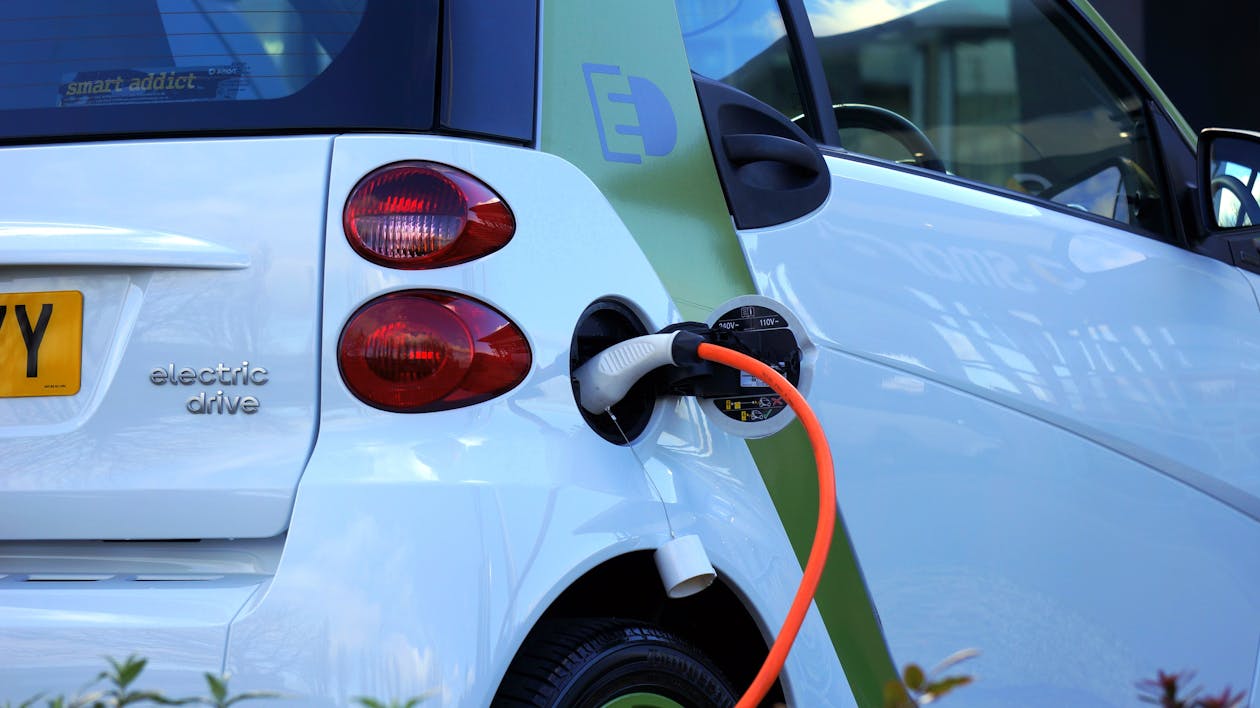Electric vehicles (EVs) are no longer a novelty; they have emerged as a viable, eco-friendly alternative to traditional gasoline-powered cars. At the heart of every EV is a sophisticated power supply system that dictates its performance, range, and overall efficiency. This article explores the innovative advances in power supplies that are propelling modern electric vehicles to new heights.
Table of Contents
The Evolution of EV Power Supplies
The journey of EV power supplies is a tale of technological progression. Initially, electric cars were equipped with simple lead-acid batteries. While functional for basic operations, these batteries offered limited range and durability. Modern EVs now leverage lithium-ion batteries, which are not only lighter but also offer higher energy density and longer life spans.
Understanding Battery Chemistry
The secret to efficient power supplies in EVs lies in their battery chemistry. Lithium-ion batteries, including variations like lithium iron phosphate (LiFePO4) and nickel-cobalt-aluminum (NCA), dominate the current market. Each type has its own set of advantages and limitations, ranging from energy density and thermal stability to cost and lifespan. For instance, NCA batteries provide higher energy density but are more expensive, whereas LiFePO4 batteries are cheaper and safer, though slightly heavier.
Programmable Power Supplies
An emerging technology that offers high flexibility in EV design is the programmable power supply. These power supplies allow for dynamic adjustments based on real-time conditions, optimizing performance and ensuring compatibility with various battery chemistries and configurations. This adaptability can be particularly beneficial in research and development phases, where frequent adjustments and fine-tuning are necessary.
Charging Infrastructure
The convenience and speed of recharging are pivotal to the widespread adoption of EVs. As such, advancements in charging infrastructure are significant. From slow home chargers to rapid DC fast chargers, the landscape is evolving. Supercharging networks and ultra-fast chargers capable of delivering over 300 kW are making it feasible to charge an EV up to 80% in less than 30 minutes, narrowing the gap between gasoline refueling times and EV charging.
Battery Management Systems (BMS)
A robust Battery Management System (BMS) is crucial for the optimal performance of EV power supplies. The BMS monitors and regulates battery temperature, voltage, and current, ensuring balanced charging and discharging cycles. This not only prolongs battery life but also enhances safety, mitigating risks such as thermal runaway—when batteries overheat and catch fire.
Emerging Trends in Power Supplies
One of the emerging trends in EV power supplies is the integration of renewable energy sources. Solar panels on vehicles and home charging stations powered by wind or solar energy are gradually becoming popular. These integrations not only reduce the carbon footprint but also enhance the overall energy efficiency of the EV ecosystem. By harnessing renewable energy, EV owners can charge their vehicles in a more sustainable manner, further promoting the adoption of electric vehicles.
Energy Recuperation: Regenerative Braking
Regenerative braking systems in modern EVs capture and convert kinetic energy back into electrical energy during deceleration. This recovered energy is stored in the battery, extending the vehicle’s range. Understanding the mechanics of regenerative braking provides insight into how EVs can be more energy-efficient compared to traditional vehicles.
Future Prospects: Solid-State Batteries and Beyond
Solid-state batteries are touted as the next leap in EV power supply technology. By replacing the liquid electrolyte with a solid one, these batteries promise higher energy densities, faster charging times, and increased safety. Though still in the research and development stage, they hold immense potential for the future of electric mobility. Other promising innovations include lithium-sulfur and silicon-anode batteries, which could offer even greater efficiency and capacity.
Government Policies and Incentives
Government policies and incentives are also driving advancements in EV power supply systems. Many countries offer subsidies and tax benefits for EV purchases and charging infrastructure development. These incentives not only make EVs more affordable but also encourage manufacturers to invest in research and development of better power supplies. Regulations mandating higher fuel efficiency and lower emissions are pushing the automobile industry to innovate, resulting in more advanced and efficient power supply technologies for EVs.
The Role of Artificial Intelligence
Artificial Intelligence (AI) and machine learning are playing an increasingly significant role in the development of EV power supplies. AI algorithms can predict battery behavior, optimize charging cycles, and diagnose potential issues before they become critical. This proactive management improves battery longevity and ensures that EVs operate at peak efficiency. For example, AI can adjust the charging rate depending on the battery’s age and condition, minimizing wear and tear.
Conclusion
The power supply systems in modern electric vehicles are at the forefront of innovation, combining advanced battery chemistry, rigorous management systems, and efficient energy recuperation technologies. These advancements are not only improving the performance and safety of EVs but also making them more accessible and practical for everyday use. As we look to the future, the continued evolution of battery technology and charging infrastructure will be pivotal in driving the electric vehicle revolution forward.

